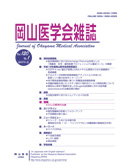

Journal of Okayama Medical Association
Published by Okayama Medical Association<Availability>
Full-text articles are available 3 years after publication.
Permalink : https://ousar.lib.okayama-u.ac.jp/42873
Artificial Illumination by Fluorescent Lamps Clinical Part I Effect of Fluorescent Lamps upon the Speed of Seeing
Kuwahara, Susumu
Published Date
1955-12-31
Abstract
I made various experiment to know which is better artificial light-source, incandescent lamps or fluorescent lamps, from the viewpoint of eye-hygiene and illumination engineering. In this part, experiments were made with colored and uncolored test-charts in the effort to resolve the matter from the point of speed of seeing, and the following conclusion was reached. (1) There is a stright line relation between speed of seeing and logarithm of intensity of illumination, and the relation appears nearly same with each light-sources. (2) Speed of seeing increases as the intensity of illumination increases, and the rate of increase is great in low intensity of illumination and small in high. But the relation seems to differ slightly with the light-source and test-charts. (3) Speed of seeing varies with the luminosity-contrast, and in general, high speed of seeing is obtained in high luminosity-contrast. But this relation slightly varies with light-sources and the intensity of illumination. (4) Speed of seeing, throughout each test-chart and intensity of illumination, is highest with de luxe daylight fluorescent lamp, and daylight fluorescent lamp, de luxe white fluorescent lamp, white fluorescent lamp, incandescent lamp follow in the order. (5) So from the view-point of speed of seeing, it is considered that fluorescent lamp, especially de luxe daylight fluorescent lamp is superior artificial light to incandescent lamps in visual tasks. (6) From the view-point of speed of seeing, the required intensity of illumination in reading, if colored pages included, is considered to be 300 H. Lux at the minimum.
ISSN
0030-1558
NCID
AN00032489
